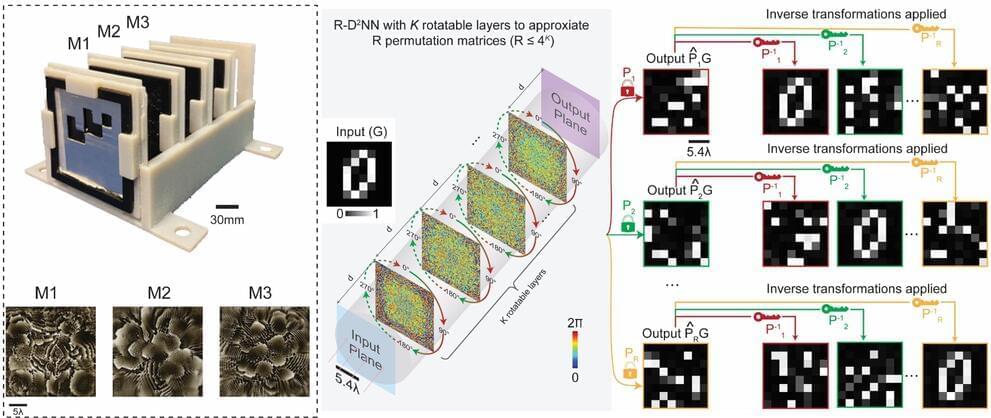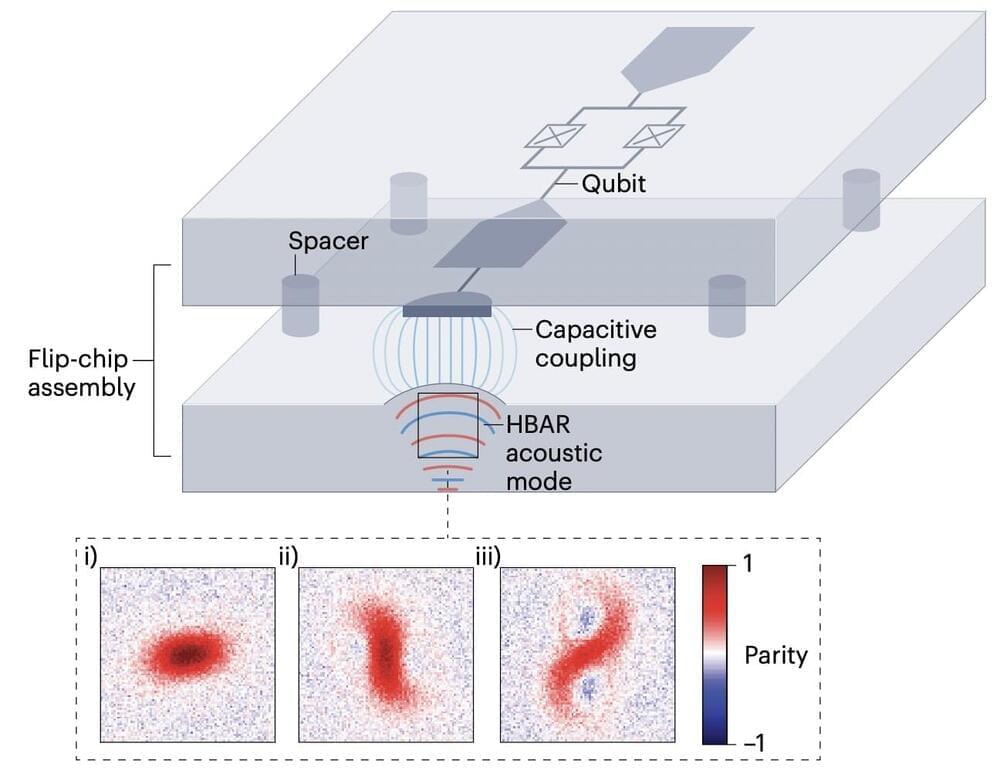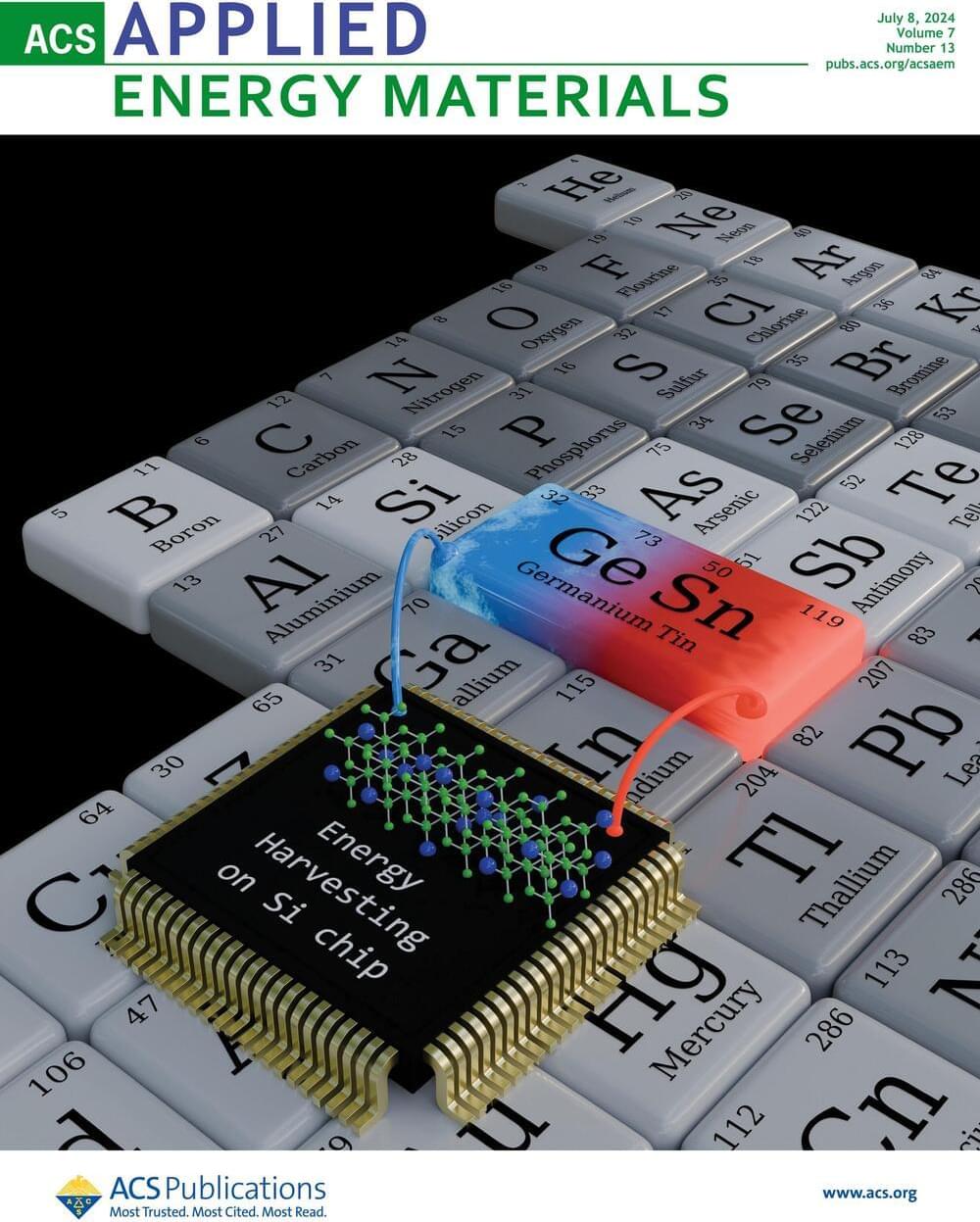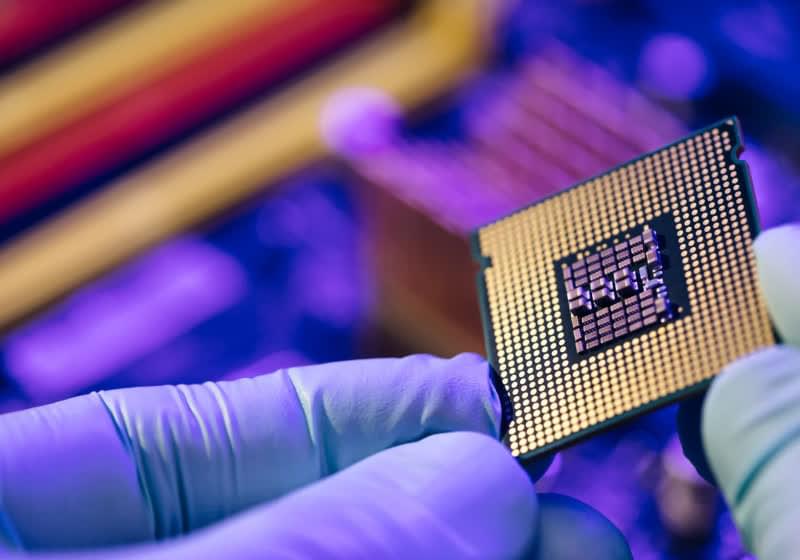Engineers at the University of California, Los Angeles (UCLA) have unveiled a major advancement in optical computing technology that promises to enhance data processing and encryption. The work is published in the journal Laser & Photonics Reviews.
This innovative work, led by Professor Aydogan Ozcan and his team, showcases a reconfigurable diffractive optical network capable of executing high-dimensional permutation operations, offering a significant leap forward in telecommunications and data security applications.
Permutation operations, essential for various applications, including telecommunications and encryption, have traditionally relied on electronic hardware. However, the UCLA team’s advancement uses all-optical diffractive computing to perform these operations in a multiplexed manner, significantly improving efficiency and scalability.








